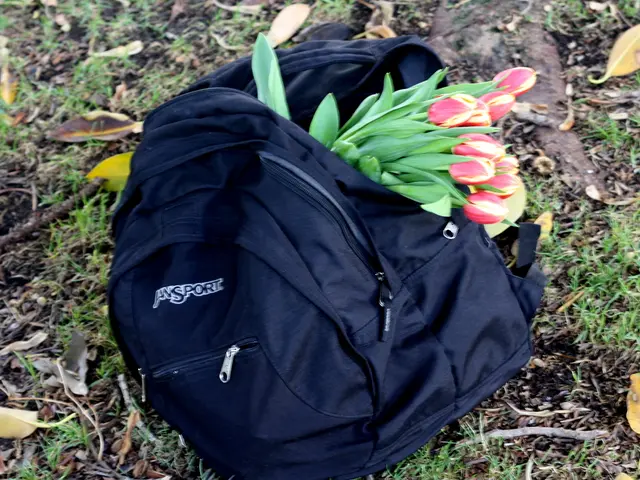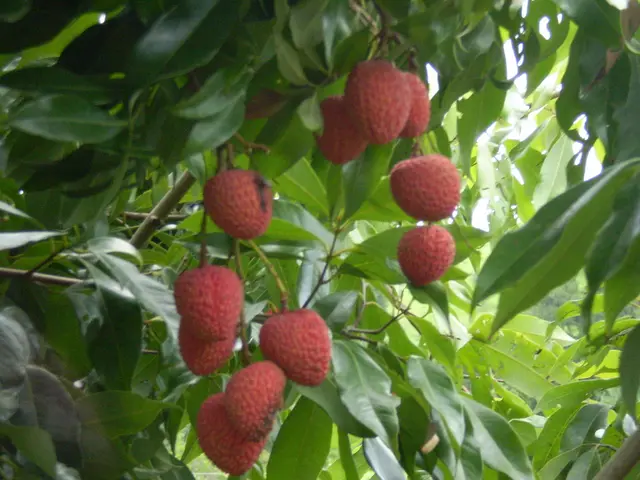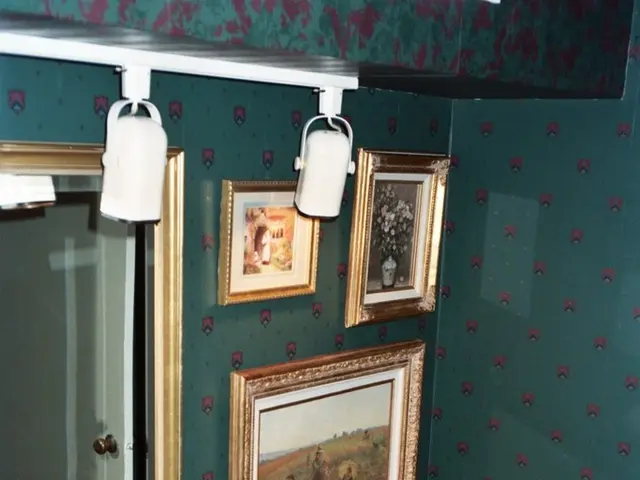Method for Continuously Blooming Dahlias throughout Summer:
Dashing Through Dahlia Land: How to Keep Your Blooms Booming
Embrace the allure of dahlias as they steal the show in gardens and containers alike. To ensure a bounty of blossoms and prolonged flower power, remember this simple strategy: Deadheading. Master this art to enjoy endless flowering all summer with our guide for the perfect timing and technique.
Why Deadhead Dahlias?
A dahlia's life cycle includes flower production, but once the blooms fade, the plant begins to focus on seed production. Deadheading redirects the plant's energy towards producing new flowers—a must-do if you aren't intending to collect seeds or plant hybrids. Additionally, deadheading keeps your dahlia looking sharp by eliminating unsightly, drooping blooms.
Deadhead When It Matters
The timing of deadheading depends on the variety and maturity of the dahlia. Some dahlias may start blooming after 75 days, while others may take more than three months. Deadhead when an individual bloom is fading and no longer appealing, not when petals fall or the flower turns brown. Typically, a weekly deadheading routine is sufficient.
Once you begin deadheading, continue the practice until your first frost nips the above-ground parts of the plant.
Step-by-Step Deadheading
Equip yourself with sharp pruning shears or snips to make clean cuts.
- Pick a fading bloom and follow the stem down to its base within the plant to encourage new, long stems and larger blooms. For smaller varieties, such as bedding and dwarf dahlias, cut just below a leaf node or two so the cut isn't visible.
- Maintaining cleanliness is crucial: Sterilize your pruning tool between plants by dipping it in a 10% bleach solution (one cup of bleach to 9 cups of water) or wiping it with 70% rubbing alcohol to prevent the spread of bacterial, viral, or fungal diseases.
- Add the deadheaded flowers to your compost bin or yard waste bin (if they are from a healthy plant). Discard diseased flowers separately.
Keeping Your Dahlia Delightful
- Watering: Water deeply once or twice a week, maintaining moist but not soggy soil.
- Fertilization: Use a low-nitrogen, high-phosphorus fertilizer to support continuous blooming.
- Temperature: Dahlias thrive in temperatures ranging from 60-70°F (15-21°C). High temperatures can slow growth and impact blooming.
By following these steps and tips, you'll extend the blooming period and encourage more vibrant flowers throughout the summer. Carry on with the deadheading until the first frost claims the above-ground parts of the plant. Enjoy the show!
- Engage in regular deadheading of your dahlias to divert their energy from seed production to new blooms, keeping your garden looking sharp and vibrant.
- Adhere to a weekly deadheading routine, trimming away faded blooms when they become unattractive, not after petals fall or the flower turns brown.
- Equip yourself with sharp pruning shears or snips, and when deadheading, make clean cuts by following the stem down to its base within the plant, sterilizing your tool between plants to prevent the spread of diseases.
- Caring for your dahlias involves not only deadheading, but also watering deeply once or twice a week, maintaining moist soil, using a low-nitrogen, high-phosphorus fertilizer, and ensuring temperatures stay within the ideal range of 60-70°F (15-21°C).
By embracing these gardening tips from Bhg and the home-and-garden lifestyle, you'll be well on your way to enjoying a blooming and delightful dahlia garden all summer long.








